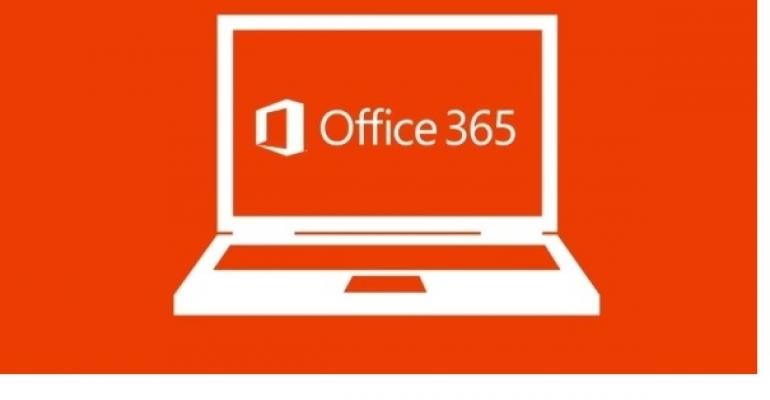In an unsurprising comment, at least to me, Microsoft CEO Satya Nadella said at the recent Gartner conference that: “Office 365 is the new Exchange and one will cannibalize the other. The key is to ensure that current Exchange customers can transition on their own terms.”
This remark absolutely reflects what’s happening in the marketplace, albeit sometimes at an artificially accelerated pace as Microsoft representatives attempt to achieve corporate goals to transition seats to Office 365 as quickly as possible. It is entirely natural to represent Office 365 as the new Exchange. After all, we've been down this path before. Exchange 4.0 was the first server application created by Microsoft that really demonstrated that Windows NT (3.51 at the time) could work at enterprise level. The same is true for Office 365 as transitioning email workloads to the cloud is an easy first step for many companies, particularly in the small to medium sectors.
But like any analogy, the story behind the statement deserves more examination. Looking back at the past, Exchange 4.0 to 5.5 formed the first generation of the application and ran on Windows NT. Truthfully, the server wasn’t particularly great at the start, but it quickly evolved and gained momentum in a fractured and inconsistent marketplace where PC LAN-based email servers such as Lotus cc:Mail clashed with mainframe systems like IBM PROFS. It was really only after Windows 2000 arrived that Exchange moved from being a workgroup to an enterprise server, and even then it took some time for components like Active Directory to settle down.
Microsoft’s initial generation of cloud services wasn’t great either. Few loved the clumsily named Business Productivity Online Services (BPOS) and its reliability record was spotty and unpredictable. But then again, BPOS attempted to take servers and software designed for deployment inside corporate datacenters and make them good cloud citizens, so it’s actually surprising that BPOS served so many for so long.
Office 365 is actually in its second generation. The first, launched in June 2011, was based on the Wave 14 Office products like Exchange 2010. The engineers had gained experience with BPOS and understood what needed to be done to make Exchange function as a cloud service, but didn’t have sufficient time to get all the work done. But Office 365 generation 1 delivered a much superior and more reliable service than BPOS could ever have imagined and proved Microsoft’s commitment to the cloud. We were at the point where people could go “all in.”
Today’s Office 365 is based on the Wave 15 Office products like Exchange 2013 and is growing in leaps and bounds. Exchange 2013 represents the fruition of many years of engineering effort to create a reliable and robust cloud service based on an economic platform. It includes features like Managed Availability to make Exchange Online efficient at scale, now well over 100,000 servers.
And Office 365 is increasingly being used as the launchpad for new and interesting technology such as Office Delve. Exchange Online gains new features all the time, all exposed through Outlook Web App (OWA) rather than the now-lagging Outlook, and all built on a complex Office 365 ecosystem that is becoming increasingly different to what on-premises customers operate.
I think Nadella’s analogy is reasonable. Office 365 is the new Exchange. It has proven reliable in operation over the last three years and relieved a lot of the fear and doubts that customers had about cloud services. As such, Office 365 has made it possible for customers to consider moving many more workloads into the cloud, just like Exchange did when its first generation proved that Microsoft really could deliver enterprise-class software.
Office 365 is cannibalizing the Exchange on-premises installed base and has consumed around 10% of those mailboxes to date. That’s only reasonable and logical because it is so much better for many companies to run email in the cloud than to have their own servers, especially if they don’t have the knowledge and expertise to deal with the new servers. Exchange 2013 is more complex than Exchange 2003 because it is more functional. Simply figuring out high availability can make a strong person weep at times.
As Nadella correctly points out, Microsoft’s key challenge is to ensure that Exchange customers can transition on their own terms. Some will go to the cloud soon and delight their Microsoft sales representatives in the process. Some will maintain hybrid environments and move only some of their workload to the cloud. And some will upgrade to Exchange 2016 and keep on running on-premises software because it best meets their business needs. The thing Microsoft has to remember is that the transition to new versions of on-premises software is as valid an option for customers to take on their terms as is to migrate to the cloud.
It’s a tricky balancing act full of nuances and issues. No one said that IT evolution was going to be easy.
Follow Tony @12Knocksinna





